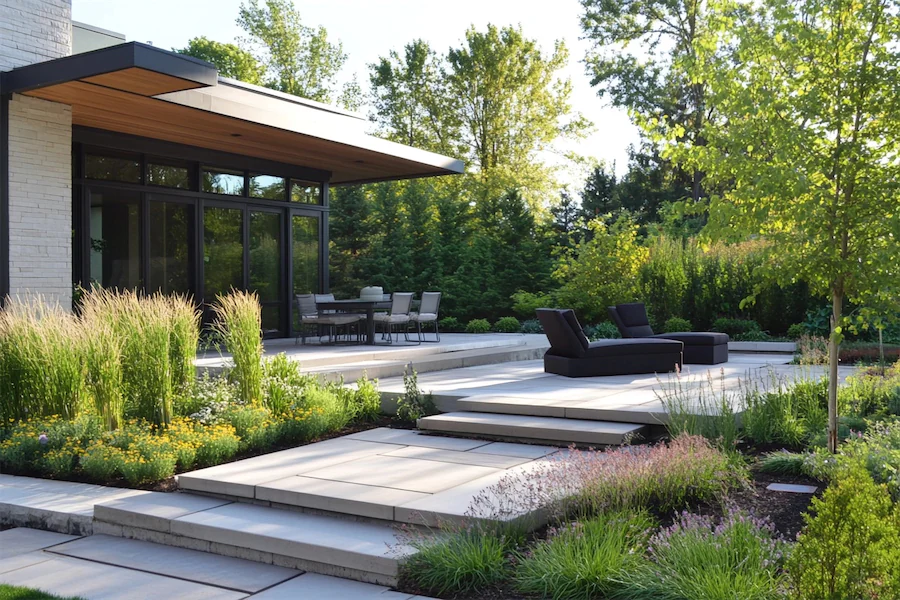A perennial garden is designed with plants that live for more than two years, returning each season to provide enduring beauty and structure. By thoughtfully selecting and arranging perennials, gardeners can create dynamic landscapes that offer continuous interest throughout the year.
History and Origins of Perennial Gardens
The concept of perennial gardening has deep roots, with traditional cottage gardens in Europe often featuring a mix of perennial flowers, herbs, and shrubs. In the late 20th century, Dutch garden designer Piet Oudolf popularized a naturalistic approach to perennial planting, emphasizing the use of hardy, long-lived species arranged in harmonious, ecologically inspired designs.
Key Features of Perennial Gardens
Perennial gardens are characterized by several distinctive features:
- Diverse Plant Selection: Incorporating a variety of perennials with different bloom times, colors, and textures ensures visual interest throughout the growing season.
- Structural Elements: Utilizing plants with strong forms, such as tall grasses or architectural flowers, adds depth and dimension to the garden.
- Seasonal Interest: Selecting perennials that offer features like attractive seed heads, foliage color changes, or winter hardiness provides year-round appeal.
- Low Maintenance: Once established, perennial gardens often require less upkeep than annual plantings, as the plants are adapted to the local climate and soil conditions.
Applications of Perennial Gardens
Perennial gardens can be adapted to various settings:
- Residential Landscapes: Homeowners can create vibrant, long-lasting flower beds or borders that enhance curb appeal and provide habitat for pollinators.
- Public Spaces: Parks and community gardens can utilize perennial plantings to create sustainable, attractive landscapes that require minimal maintenance.
- Commercial Properties: Businesses can design perennial gardens to offer welcoming and aesthetically pleasing environments for clients and employees.
Considerations When Designing a Perennial Garden
When planning a perennial garden, consider the following:
- Site Assessment: Evaluate sunlight exposure, soil type, and drainage to select appropriate plants that will thrive in the specific conditions of your garden.
- Plant Selection: Choose perennials suited to your climate zone and that offer staggered bloom times to ensure continuous color and interest.
- Design Principles: Incorporate a mix of heights, textures, and colors to create a balanced and cohesive design. Grouping plants in odd numbers and repeating patterns can enhance visual harmony.
- Maintenance Planning: Consider the growth habits and maintenance needs of selected perennials, planning for tasks like deadheading, division, and seasonal cleanup to keep the garden healthy and attractive.
Conclusion
Perennial gardens offer a sustainable and enduring approach to landscaping, providing beauty and ecological benefits year after year. By carefully selecting and arranging perennials to suit your specific site conditions and design preferences, you can create a dynamic and low-maintenance garden that evolves gracefully over time.
